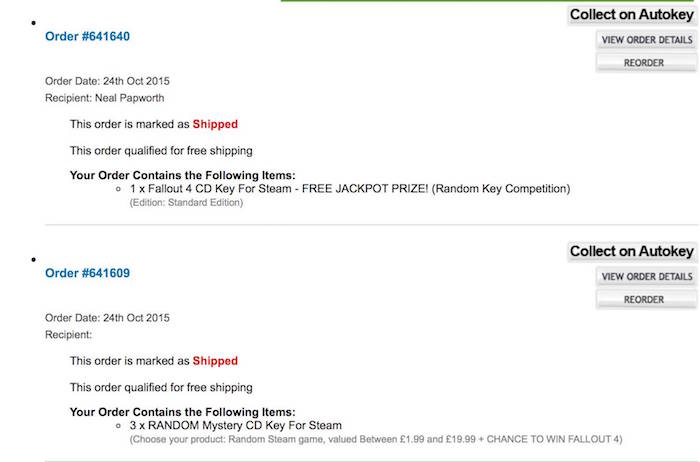Telephone Confirmation Id Keygen Software
Windows Activation: a 'Solution' to Windows piracyDoes this product key remind you of anything? HQ6K2-QPC42-3HWDM-BF4KJ-W4XWJThis is probably the best-known Windows 98 product key. Many PC technicians and power users from late 90's have probably memorized it - I know I have.
A nyone could install Windows 98, enter the above product key during the installation, and have a full version of Windows, as if they have bought a license.Back then, Windows didn't have any system whatsoever to make sure a product key wasn't used more than once. They couldn't even prevent product key generators, which could spew out practically endless valid product keys.This, of course, is software piracy, and Microsoft didn't particularly like it - although one could argue that the freedom to install Windows for free did help Microsoft conquer more than 90% of the PC market. In any case, after the miserable failure that was Windows ME - and probably nobody wanted to pirate that piece of crap - Microsoft decided to do something about Windows piracy. The solution, which they first implemented it in Windows XP, was Windows activation.Now, beyond a valid product key, every Windows installation needed to communicate with Microsoft to become activated, either automatically through the internet or manually, with a telephone Windows activation.This Windows activation ties any given Windows product key with a particular PC. If the same product key were reused on a different PC, the Windows activation would fail. How a Windows product key is tied to a particular PCThere are three steps to Windows activation.First, during the Windows installation, the operating system creates a unique product ID from the product key. We can see our Windows product ID by pressing Win + Pause/Break.

The second step for the Windows activation is the Hardware Identification (HWID). HWID is a unique number that is tied to our PC's hardware, and it is also calculated during the Windows installation.Every component of our PC, from the CPU to the GPU to the Network Adapter, has a unique serial number. Windows runs a mathematical formula on each serial number and creates a hash, in a way that it is impossible to find the original serial number from the hash (a one-way hash).Between four and ten bits are used from each component's hash, depending on the part.
Component NameExample Hash Value (#o of bits)Display Adapter00010 (5)SCSI Adapter / SAS adapter00011 (5)IDE Adapter / SATA Adapter0011 (4)Network Adapter MAC Address (10)RAM Amount Range (i.e. 0-64mb, 64-128mb, etc)101 (3)Processor Type011 (3)Processor Serial Number000000 (6)Hard Drive Device1101100 (7)Hard Drive Volume Serial Number (10)CD—ROM / CD-RW / DVD-ROM / DVD-RW010111 (6)'Dockable'0 (1)Hardware Hash version (version of algorithm used)001 (3)Only internal PC components count, not peripherals, such as the monitor, keyboard/mouse, USB devices, etc.From all the above Hash values, through an algorithm, an 8bit HWID is created.On Windows activation through the Internet, a 'handshake request' is sent to Microsoft. This request contains the product ID, the HWID, the activation technology version, and the request header data, with a request ID that ties all the information together.Through the Windows activation, the product ID (which represents the unique product key) is tied to the particular hardware ID on Microsoft's servers.
Telephone Confirmation Id Keygen Software Free
This prevents the product key to be reused for Windows activation on a different PC.The one-way hashing for the HWID guarantees our anonymity.